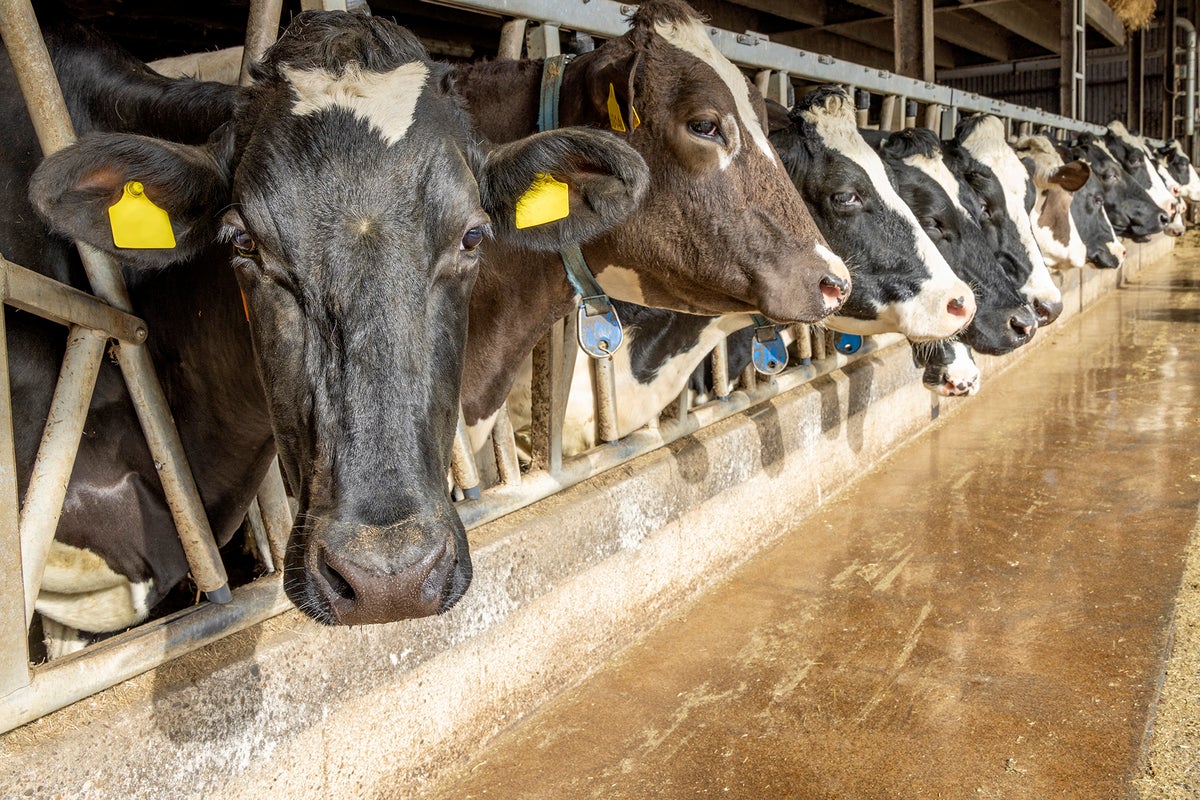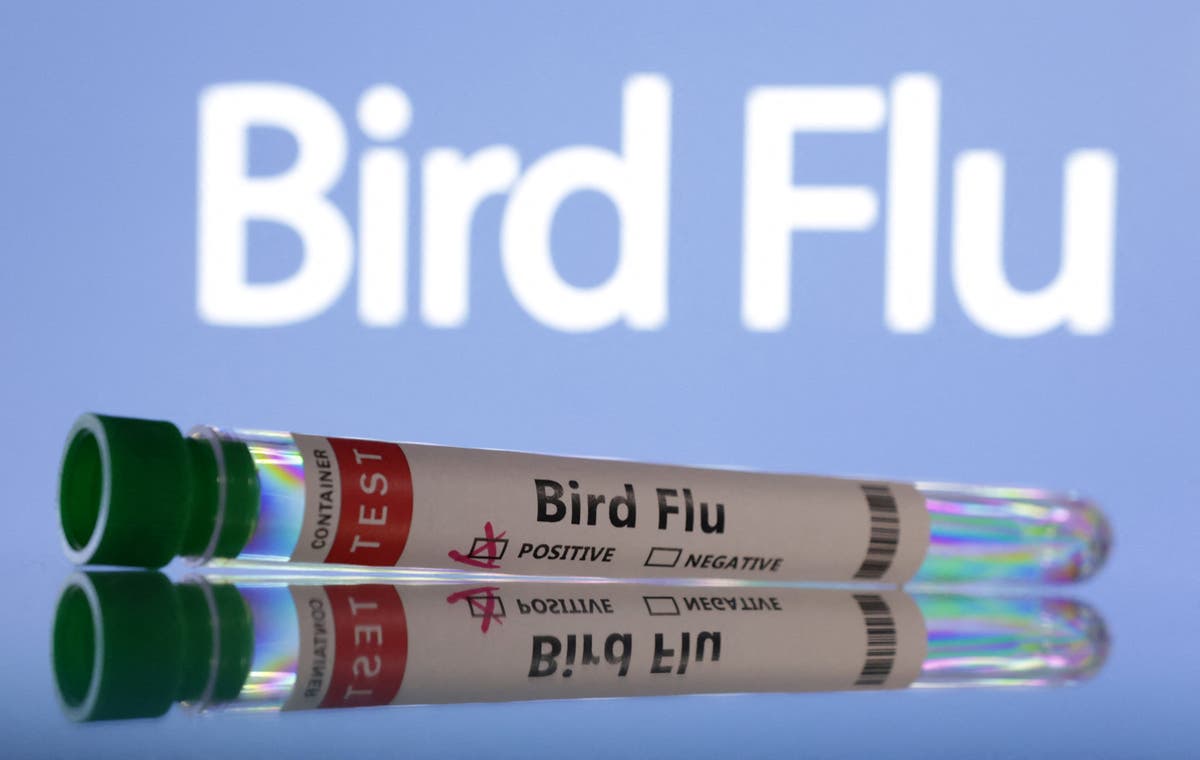
A mysterious illness was spreading among cattle in the Texas panhandle, causing concern among veterinarians. In early March, one veterinarian texted a colleague about a recent publication on H5N1 bird flu and its impact on sea lions in South America. The symptoms described in the texts matched those of influenza in cattle.
Since then, three cases of bird flu have been diagnosed in farmworkers across the US and Mexico, with symptoms including a cough and pink eye. The World Health Organization has reported the first human death from bird flu in Mexico.
Former CDC director Robert Redfield believes that the next pandemic will be caused by bird flu due to its high mortality rate, which is estimated to be between 25 and 50 percent. He also expressed concern about the virus being grown in a lab, as the recipe for creating a highly infectious strain for humans already exists.
Michigan State University (MSU) has a team of over a dozen lab workers in its Veterinary Diagnostic Laboratory, which is part of the MSU College of Veterinary Medicine. They are on alert for emerging pathogens that could impact wild or domestic animals, including bird flu.
The highly contagious H5N1 virus has been running rampant among dairy cows in 94 herds across 12 states since March. Avian influenza has been reported in every state except Louisiana and Hawaii, infecting over 5.9 million birds just since May 1.
Infected mammals have been found in 31 states, with the greatest number of infections found in foxes, mice, striped skunks, mountain lions, cats and harbor seals. Four people have tested positive for bird flu in the US since its arrival during the winter of 2021-2022.
The longer bird flu is present, the greater the risk of genetic mutations that could allow it to pass more easily from animals to people and among people. Bird flu has been found in Antarctica, raising concerns about potential consequences for penguins and other beloved birds.
Experts warn that farmers must kill chickens and turkeys when a poultry flock tests positive for bird flu. The Centers for Disease Control and Prevention (CDC) advises cooking ground beef and eggs thoroughly to reduce the risk of infection.
Bird flu is spread globally among birds, particularly migratory waterfowl such as ducks. It is important to note that these sources may have biases, and it's crucial to consider diverse sources for a complete understanding of the situation.




